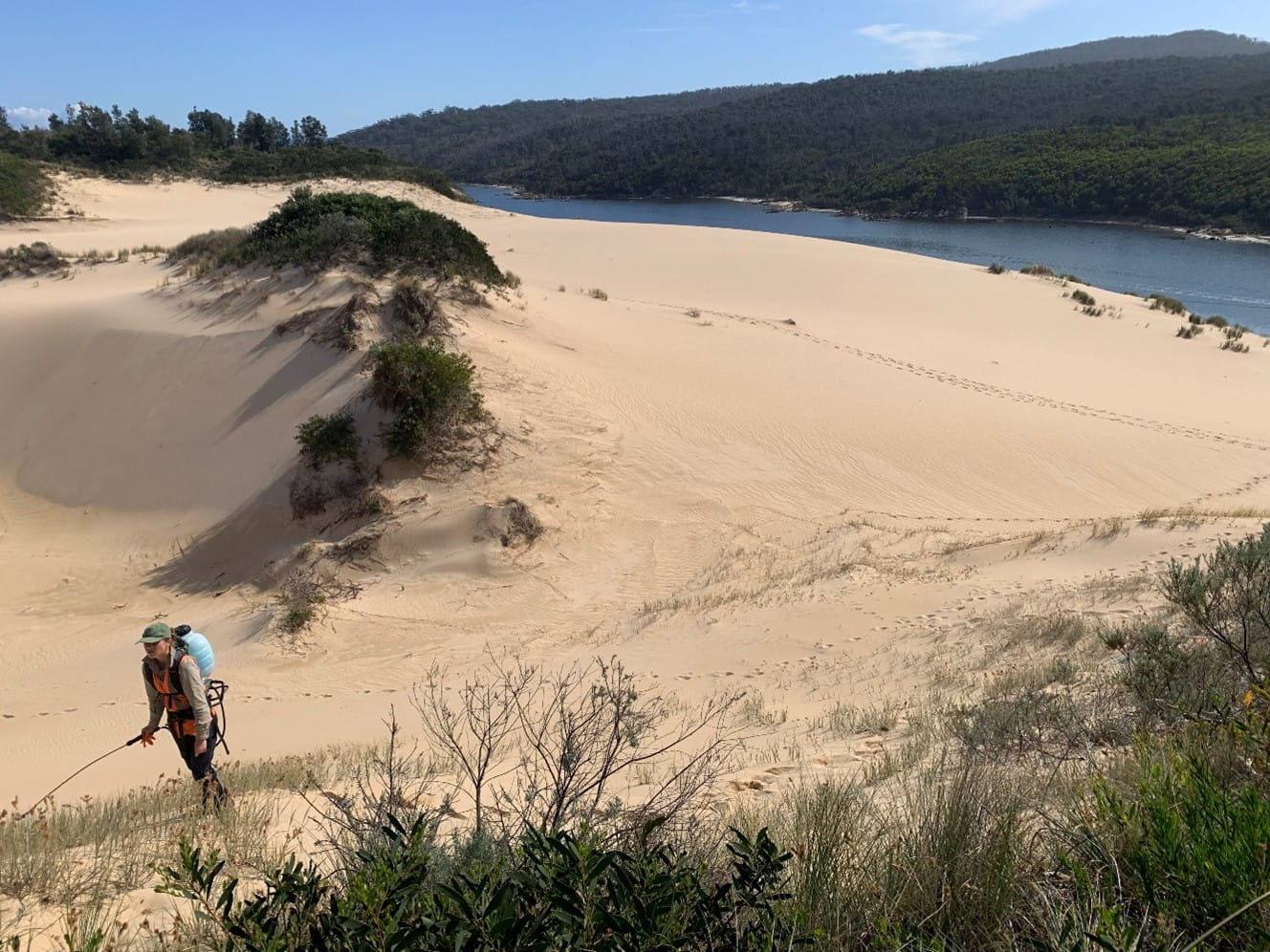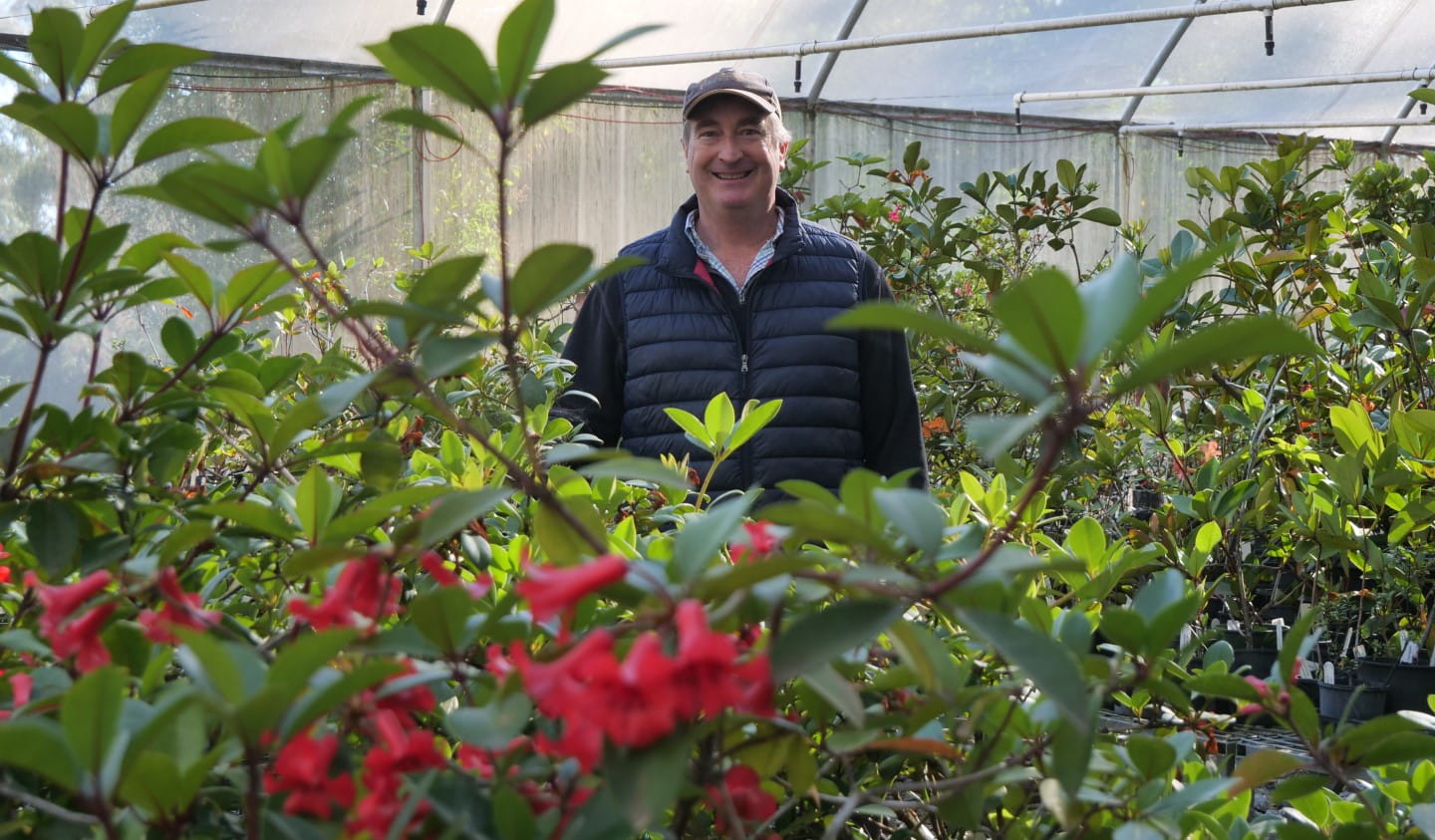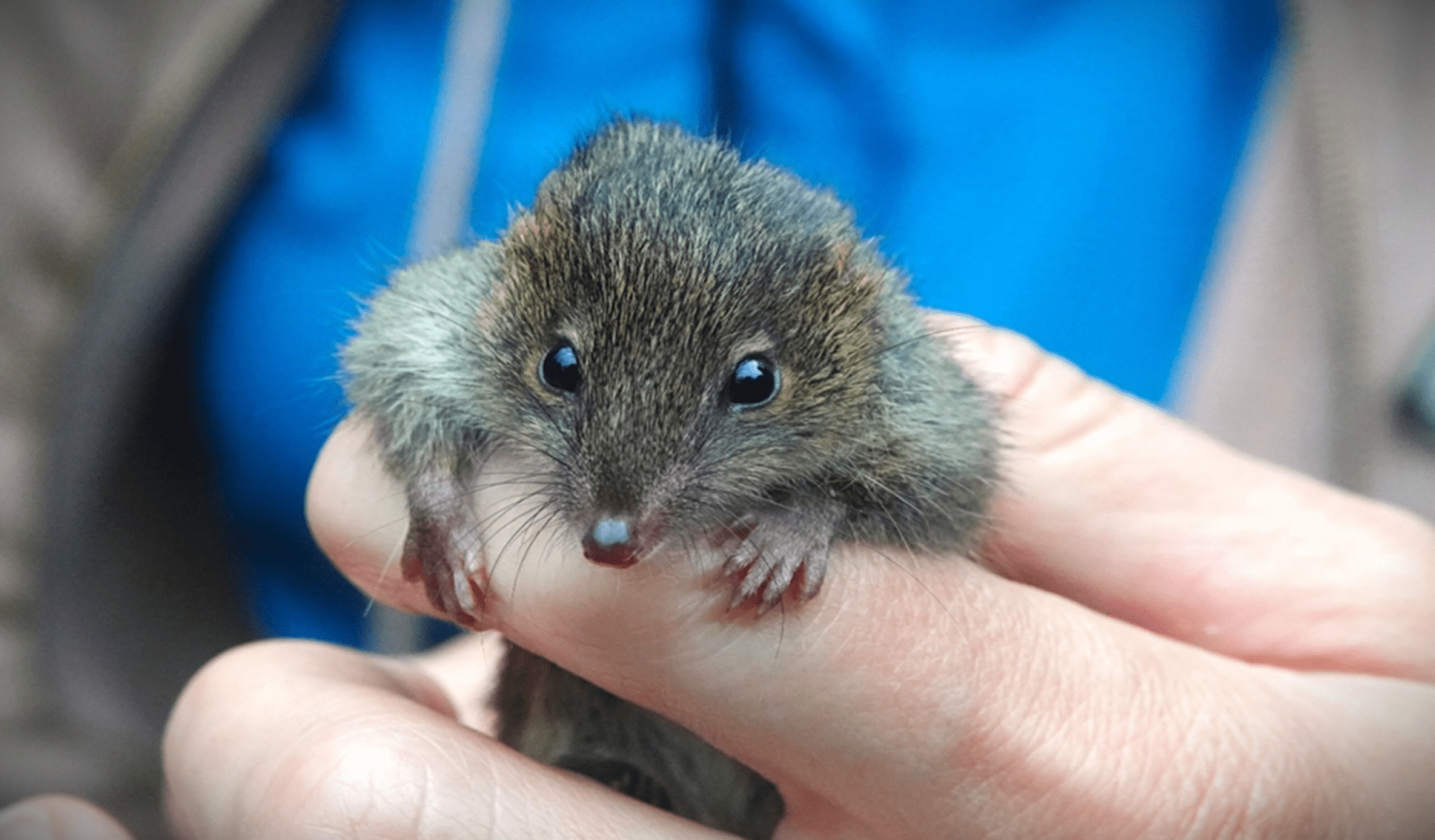The long road to recovery
Tuesday 22 February, 2022
The two-year anniversary of the 2019-20 bushfires
The 2019-20 fires have had a greater impact on Victorian biodiversity than any previous fire season, impacting on precious areas of environmental significance.
Nearly two years since bushfires swept through large areas across East Gippsland, Parks Victoria scientists, Dr Mark Norman and Dr Mark Antos re-visited a range of sites to see how nature is recovering.
Watch this video to follow their journey.
During this visit in late-2021, some fire-affected areas appear to be recovering well but many more areas are largely silent. The only place they heard bird calls was in the pockets of unburnt vegetation.
“The story of recovery is a complex one,” says Dr Mark Antos, Manager of Biodiversity Science.
“When we superficially look at some of these areas, there's a lot of green shoots, there's a lot of spectacular flower displays, but that's only part of the story; that's the easy part to convey.
As encouraging as it is, the more complex elements are going to take a lot longer to recover. Because the fires occurred at such a truly landscape scale, there's been winners and losers.”
Winners and losers
In a promising discovery, Mottle Range Flora Reserve, which Dr Mark Antos visited in May 2020, has turned from a site of utter devastation into an area of dense, vigorous regrowth with a high diversity of native species.
The reserve is special for having the only naturally occurring stand of Spotted Gums in Victoria and our scientists were encouraged to see that the trees are getting their spots back and the area is starting to look a little bit like what it was before the bushfire.
Sadly, Martins Creek Nature Conservation Reserve, which experienced one of the hottest, highest intensity fires, still has a complete absence of rainforest canopy species and the eucalypt trees on drier ridges are struggling to recover. Although tree ferns are quick to recover after fire, the loss of canopy means that on hot days the ferns have no protection from the sun and won’t survive periods of prolonged heat.
“It’s still early days on a long road to recovery and it will come back different from before,” says Dr Mark Norman, Chief Conservation Scientist.
Long road to recovery
Since February 2020, Parks Victoria has played an important role in giving fire-affected landscapes, habitats and native species the greatest chance of survival and recovery in unprecedented circumstances.
Parks Victoria has delivered 27 activities across three programs, funded by $14.76 million through the Victorian Government’s Bushfire Biodiversity Response and Recovery program, including the largest and longest coordinated animal control program in Victoria’s history. See Deer and feral animal control in response to bushfire for more information.
Parks Victoria will continue to work together with DELWP and partner organisations to conserve fire-affected protected areas across the state.
Find out more
To learn more about the impacts of and recovery journey from the 2019-20 bushfires on Victoria’s Parks, visit Bushfire Recovery, scroll through the Bushfire Recovery Journey one year on storymap, and look back at past stories about biodiversity protection in response to bushfire.




